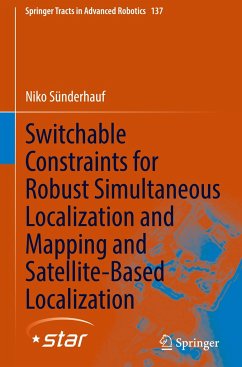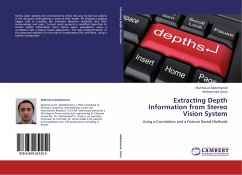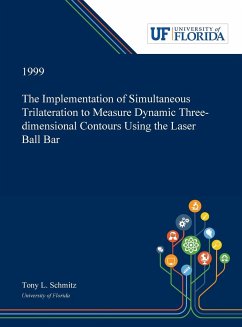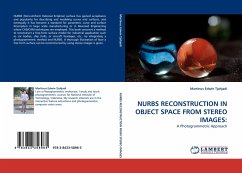
Stereo Vision Based Simultaneous Localisation and Mapping
A Human Centred Approach
Versandkostenfrei!
Versandfertig in 6-10 Tagen
39,99 €
inkl. MwSt.

PAYBACK Punkte
20 °P sammeln!
This book addresses aspects of the Simultaneous Localisation and Mapping (SLAM) problem in autonomous navigation. The SLAM problem arises when a mobile robotic system is deployed in an unknown environment where the system has to concurrently build a map of the environment while localising itself within this map. Various algorithms have evolved over the years with varying degrees of sophistication, practical utility and efficiency. Some algorithms are particularly suited for specific applications while some others are specifically designed for a particular suite of sensors. This work looks at S...
This book addresses aspects of the Simultaneous Localisation and Mapping (SLAM) problem in autonomous navigation. The SLAM problem arises when a mobile robotic system is deployed in an unknown environment where the system has to concurrently build a map of the environment while localising itself within this map. Various algorithms have evolved over the years with varying degrees of sophistication, practical utility and efficiency. Some algorithms are particularly suited for specific applications while some others are specifically designed for a particular suite of sensors. This work looks at SLAM using stereo vision as the primary sensor and provides insights into potential pitfalls and alternative approaches in tackling the problem. Particularly, this work takes a human centred approach in developing the algorithms providing new researchers taking up this field with novel ideas for further exploration, especially in the emerging field of human-robot interaction (HRI).












